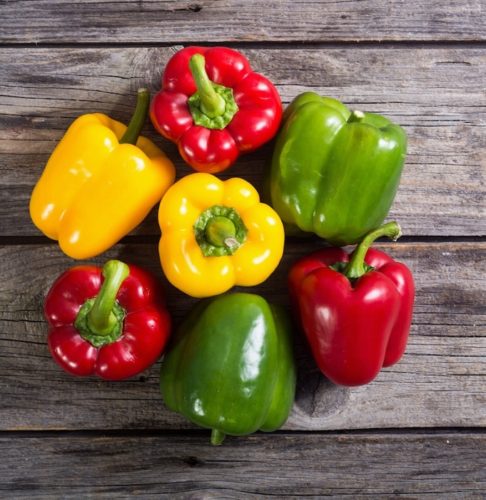Growing peppers is usually most rewarding. This popular member of the solanaceae (nightshade) family is not fussy about its growing conditions and can be planted throughout South Africa.
Peppers will grow in most soil types, but prefer light soil that will warm up quickly in spring. Prepare your bed with compost or well-rotted manure. This helps to retain moisture during the hot summer months. A pH level of 5.5 to 7 is good.
August to November is the best time to plant peppers. To start with, plant seeds in protected trays. Sow at a depth of 1-1.5cm. Firm the soil and cover with a thin layer of mulch. Water well. After about six weeks the seedlings should be ready for transplanting.
Growing peppers requires some space. Plant seedlings 60cm apart, and leave at least 80cm distance between rows. They also do well in square bed planting.
Once again water well.
They require little further attention, as long as they are well watered. Use a fine spray when watering to raise the humidity. This helps the fruit to set.

Harvesting
Depending on the varietal, fruiting takes 60-90 days. Green peppers left on the plants will turn red and then yellow.
When you are harvesting, cut the peppers off with secateurs or scissors. The plants are quite brittle and will break easily. So take care when you handle them.
Harvest regularly, as this maintains the vigour of the plants.
Pests and Diseases
Watch out for cutworms in the early stages of growing peppers. They don’t have many other insect enemies.
Like their cousin the tomato, they might find bacterial wilt a problem. Click here to find out more about managing this disease.
Sun scald causes soft, tan or yellow coloured sunken areas on the fruit. Feeding the plants regularly to promote leaf growth will offer protection to the fruit.
This is part of a series on growing vegetables from the nightshade family. For more, click here. If you enjoyed this article, subscribe to receive more like this.

